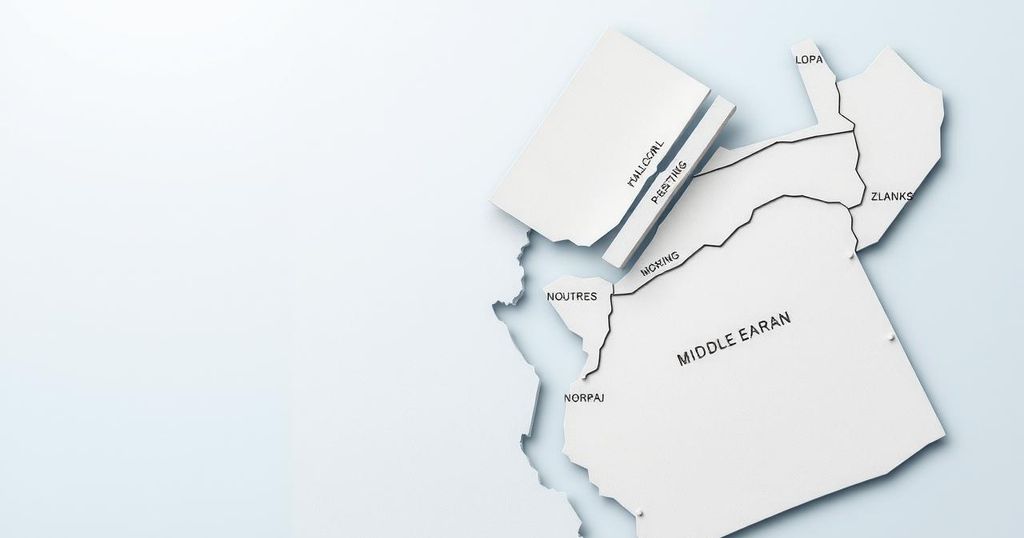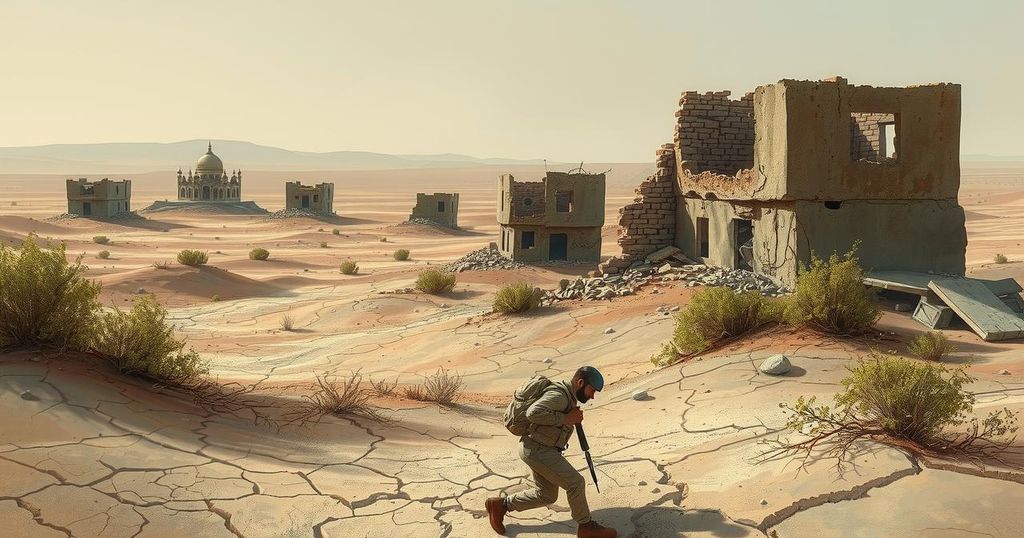Renewed tensions in Tigray, Ethiopia, are prompting mass civilian evacuations as military activities escalate following a resurgence in political strife. Internal power struggles within the Tigray People’s Liberation Front and Eritrean influence are contributing to escalating conflict risk. The failure of the Pretoria Agreement has exacerbated divisions and instability, making the Horn of Africa a potential flashpoint for widespread conflict, necessitating immediate attention and resolution efforts.
Civilians are fleeing from Tigray, Ethiopia, as fears of a renewed conflict grow, coinciding with increased military activity from both Eritrean and Ethiopian forces along the border. This escalation is linked to Ethiopia’s efforts to secure access to the Red Sea and a power struggle within the Tigray People’s Liberation Front (TPLF), exacerbated by Eritrean interventions. Recent failures to implement the provisions of the 2022 Pretoria Agreement, which concluded the earlier Tigray War, have worsened tensions between the two nations.
The Horn of Africa faces potential upheaval as the tension between Ethiopia and Eritrea mounts, threatening a full-scale conflict. Ethiopia’s internal instability, a protracted power struggle in Tigray, and Eritrea’s desire to maintain its sovereignty are contributing factors. The situation is precarious, risking a broader confrontation that may destabilize the region further.
Recent political dynamics within the TPLF highlight the growing rift among its leaders, with competing factions led by President Getachew Reda and Chairman Debretsion Gebremichael. Eritrea’s support for TIRA, associated with Reda, has deepened this divide, particularly following Reda’s appointment under the Pretoria Agreement. Criticism of TIRA’s alignment with the Ethiopian federal government has emerged as Debretsion’s faction endeavors to reclaim power in Tigray.
The situation escalated dramatically when violent clashes on March 11 forced Reda to flee Addis Ababa. Rival factions within the TPLF engaged in significant conflicts, with security forces loyal to Debretsion taking over major urban centers, including the administrative capital, Mekelle. As military mobilization was observed along the Ethiopia-Eritrea border, civilians began withdrawing funds and leaving Tigray en masse.
On March 17, negotiations resulted in General Tadesse Werede being named TIRA’s leader amidst ongoing tensions. Reports indicate remobilization of the Tigray Defense Forces (TDF), with former neutral fighters called back into action. Rapid troop movements from various factions suggest a potential imminent escalation into full conflict.
Since August, the TPLF has intensified its efforts to establish parallel governance and compel TIRA officials to resign, following the rejection of its request for political party status by the National Election Board. The Pretoria Agreement, while pivotal in ceasing the conflict, has failed to stabilize Tigray due to unmet provisions, unresolved territorial disputes, and Eritrea’s exclusion from negotiations.
The diplomatic relationship between Ethiopia and Eritrea continues to deteriorate, with each accusing the other of supporting opposing domestic factions. Ethiopia’s assertion of a historical right to Red Sea access, coupled with its recent deal with Somaliland regarding maritime access, has heightened tensions. Eritrea views these developments as a direct threat to its sovereignty and responds by backing hostilities within Tigray.
Ethiopia’s military is under significant strain from ongoing conflicts in Amhara, possibly deterring a full-scale engagement with Eritrea. Should conflict escalate, it is likely to trigger ethnic violence due to Ethiopia’s diverse ethnic factions, notably the Fano group, which has recently rebelled against the state despite previous alignment.
The instability in Tigray and growing Ethiopia-Eritrea tensions have regional ramifications, particularly contributing to chaos in Sudan’s civil war, where both nations support rival factions. The Ethiopian government has raised concerns regarding Tigrayan fighters’ involvement in Sudan, particularly around the disputed Western Tigray border area.
International interests also play a role, with countries like Saudi Arabia and the UAE evaluating Ethiopia’s military dynamics in the Red Sea. Furthermore, external powers such as Iran and Russia may exploit the conflict to undermine Western influence in the region. The ongoing strife creates opportunities for jihadist groups to expand their reach, as evidenced by al-Shabaab’s increasing presence in response to the turmoil in Ethiopia.
The renewed tensions in Tigray present significant risks of escalating into broader conflict involving Ethiopia and Eritrea. Internal political divisions within the TPLF, failures in diplomatic agreements, and geopolitical interests all contribute to the precarious situation in the Horn of Africa. The humanitarian implications are severe, as civilian populations are forced to flee amidst escalating violence, highlighting the urgent need for comprehensive conflict resolution. Maintaining stability in the region remains critical to prevent further deterioration of conditions and to safeguard against the spillover of conflict into neighboring nations.
Original Source: thesoufancenter.org




